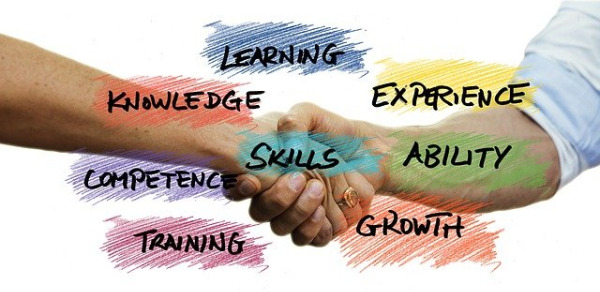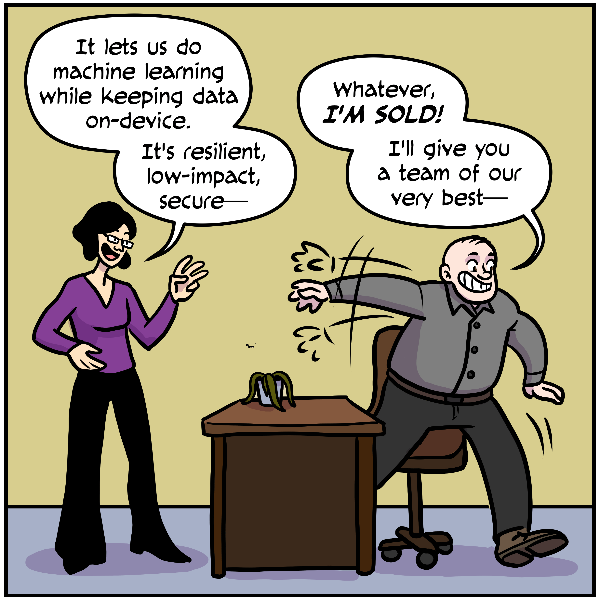Digital Wallets

Image by Gerd Altmann from Pixabay
Digital wallets are tools to collect workers’ learner and employment records. They are not a new thing and have gone through different names and conceptualizations. In 2018, I was working with "badges" but it wasn't new then. I had worked with the Mozilla Foundation that was developing an Open Badges Infrastructure in 2012 (around the time that MOOCs exploded on the learning scene).
Open Badges is still around and on their site, they claim to be "the world's leading format for digital badges. Open Badges is not a specific product or platform, but a type of digital badge that is verifiable, portable, and packed with information about skills and achievements. Open Badges can be issued, earned, and managed by using a certified Open Badges platform. Want to build new technologies to issue, display, or host Open Badges? The Open Badges standard is a free and open specification available for adoption."
The idea of digital wallets has been talked about again now around the trend of skills-based hiring. If you have read that companies are more likely to hire based on skills rather than degrees, then some way - such as a wallet - that lets individuals collect and share verifiable records of their schooling, work, training programs, military service, and other experience is necessary. This is a work in progress, though you might expect that if this idea has been around for at least ten years that it might have gotten further.
There is a push for common technical standards among wallet developers to allow importing data from a variety of sources and sharing that via employers’ applicant-tracking systems.
When I was exploring badges a decade ago, I was also looking at Competency-Based Education (CBE) and mastery as related to higher education degrees. A simplified explanation of the difference from the view of an employer: MASTERY is measuring what they know. COMPETENCY is what they can do. Formal education has always been more focused on mastery rather than competency. Employers have those priorities reversed.

 Interested in having a conversation about the metaverse? Register for the upcoming Getting Smart Town Hall
Interested in having a conversation about the metaverse? Register for the upcoming Getting Smart Town Hall